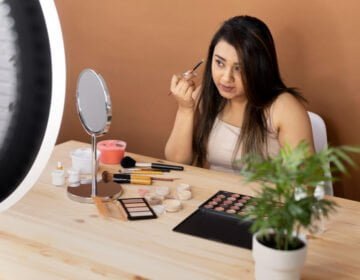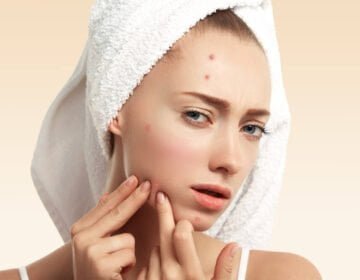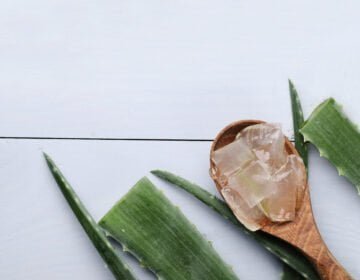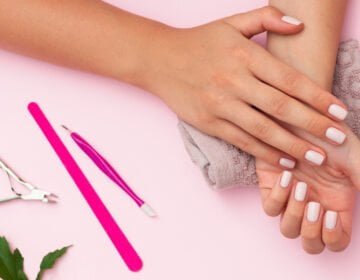
Step by Step to the perfect pedicure
For almost 4,000 years, people have been grooming their nails. Noblemen in southern Babylonia gave themselves manicures and perfect pedicures with pure gold equipment. Even further back in history is the usage of fingernail polish. According to a Ming Dynasty document, nail color was first used in China around 3000 BC to denote social standing; royal fingernails were painted black and crimson.
Manicuring has been practiced by ancient Egyptians since 2300 BC. Cosmetic treatment for the foot and toenail is something to be defined as the pedicures which typically include the processes of a foot soak, callus removal, a short foot and leg massage, a toe-nail trim, application of cuticle oil, and toenail polish. Perfect pedicures are done for a variety of reasons which include cosmetic, therapeutic, and even medical purposes.
Pedicures are performed for a number of reasons, including aesthetic, therapeutic, and medicinal. Pedicures, like manicures, differ from one salon to the next. There are several spas that provide different pedicure packages, and you must select the best one for you. However, a pedicure often involves a foot bath, exfoliation, cuticle treatment, foot massage, nail cutting and grooming, moisturizing, and the application of nail paint over the toenails. Pedicures are meant to remove dead skin from the foot in a particular way.
They are almost 4,000 years old and have been presented to individuals of all ages and genders all across the world. In the United States, the pedicure business has exploded in recent years: there were allegedly approximately 50,000 nail salons in the country in 2000, compared to over 200,000 now.
A spa pedicure, a stone pedicure, a French pedicure, a Shanghai pedicure, an athletic pedicure, and a medical pedicure are all examples of perfect pedicures.
Perfect pedicure products
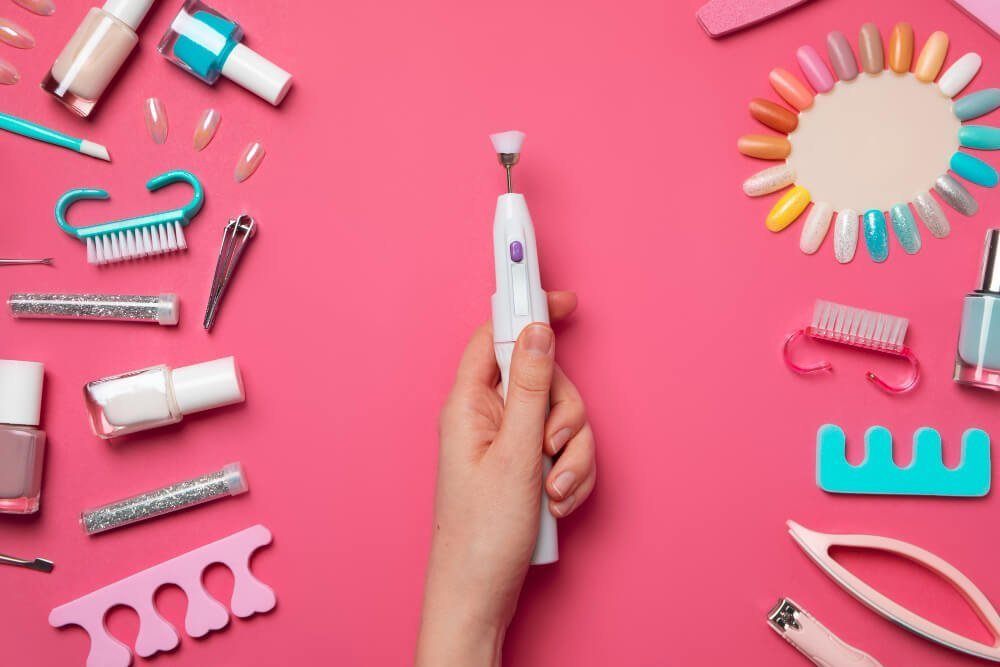
Some of their favorite supplies and equipment that experts recommend keeping on hand while doing your own toes. Things include a foot bath, a pumice stone, cuticle oil, and heel cream basically anything that may make its experience a lot easier. Some of these recommended best products by the experts are:
- Checi Pro Nickel Foot File
- Tweezerman Cuticle Pusher
- Bag Balm Original Skin Moisturizer
- OPI Advanced Callus Softening Gel
- Zenda Naturals Earth Lava Pumice Stone
- Essie Apricot Cuticle Oil
- Angel Foot File
- Soap & Glory Heel Genius Foot Cream
- Majestic Pure Coffee Scrub
- Conair Foot Spa
- Anders 12-Quart Wash Basin
- Javelin Towels
- Tenoverten Nail Polish in Austin
- Sally Hansen Moisturizing Nail Polish Remover
- Dear Sundays Nail Polish in L. 02 Violet
Types of Pedicures
There are different ways of handling beauty, health, and freshness. For a long time then, it is dedicated for not only practical reasons but also more can be practiced in order to give relaxation to the whole body and for relieving the stress as well.
There are altogether 15 different types of perfect pedicures and some of these processes are :
- Standard Pedicures
- French Pedicures
- Gel Pedicures
- Paraffin bath procedure
- Pedicure with hot stones
- Fish Pedicures
- Mini Pedicures
- SPA Pedicures
- Ice cream Pedicures
- Margarita Pedicures
- Waterless Pedicures
- Salt Pedicures
- Chocolate Pedicures
- Pedicure for one doing sports
- Rose pedicures
The price range of pedicure services in the international market.
Regular manicures take 15 to 30 minutes, while perfect pedicures take 30 to 45 minutes. Some salons and spas provide premium pampering packages that include 45-minute manicures and 60-minute. Since each and every pedicure is unique, pricing will vary from place to place as well.
A perfect pedicure, on the other hand, should cost between $35 and $60 varying from place to place. You might pay $15–$35 for each pedicure with one of our specials we choose to be done for us. You should also tip your nail technician adding about 15% to 20% to our total amount in the bill.
Why you should do pedicures? (Advantages and Disadvantages)

A perfect pedicure cleans and moisturizes your feet while also caring for your nails. A monthly pedicure is recommended because it can help detect early symptoms of corns and fungal infections, among other things. There are some of these benefits or the advantages of pedicures are :
- It helps in reducing the risk of infections
- It helps to get rid of dead skin cells
- It helps to retain the moisture our feet needed and it tackles cracks in the heel.
- It helps to de-stress, relax and helps to ease tension.
- It promotes the blood circulation
Everything has its good sight and the bad sight as well and similar goes to the process of a perfect pedicure as well. Some of these disadvantages of pedicure are :
- Salon pedicures can put you at risk for developing foot fungus, ingrown toenails, and/or dangerous infections.
- You have a formula for the spread of germs, fungi, and viruses when you combine a public facility with a large number of clients, the possibility for nicks and wounds, and staff who may be too hurried to adequately clean equipment and instruments.
- The pedicure is a no-no for our diabetic patients, especially those with poor circulation. Others should ensure that their nail salon is licensed to sterilize their tools and that the instruments are as clean as possible at their own risk.
Is it possible to do a pedicure at home?
While performing the procedure of a perfect pedicure at home, all we have to do is gather a few of the items required, such as Nail clippers, cotton pads, nail polish remover, cuticle cream, and a nail file, during the procedure and start it with the steps described below:
- Step 1: With the nail polish remover, remove your old nail polish and trim your nails neatly. Make sure you cut straight across and not too close to the corners to avoid unpleasant ingrown nails and then give them the shape you want with a nail file.
- Step 2: Fill a basin or tub with warm water up to your ankles, then add some bath salts or a few drops of your favorite essential oil. Toss in a few smooth pebbles as well. As you lay your feet on them, they will give you a mild massage. Soak your feet for 15-20 minutes and then rest.
- Step 3: Dry your feet and apply cuticle cream to the base of each toenail once you’ve finished your foot wash. Allow a few minutes for it to cool. Meanwhile, exfoliate any dry and dead skin cells from your feet using a foot scrub. Using a cuticle pusher, carefully push back the cuticles after wiping off the cuticle cream.
- Step 4: After you’ve finished cleaning, wash and moisturize your feet. Apply a large amount of moisturizer to your feet and massage well. Regular foot massages also assist to activate nerve endings, increase blood circulation, and nourish the skin and muscles of the feet!
- Step 5: Always begin with a base coat and allow for drying time before applying a coat of nail paint. This will extend the life of your nail polish.
Here’s a reference youtube video of how pedicure can be done at home:
Conclusion
The nail cosmetics business is continuing to grow in order to keep up with rising customer demand. Nail cosmetics are a form of personal expression and attractiveness for many people. Others use nail cosmetics to conceal unpleasant and/or unattractive nail defects, as well as to preserve weak, brittle, or fragile nails from damage.
Nail cosmetics, while generally harmless, can cause illness, deformity, and allergic and irritating contact dermatitis. In order to propose safe nail care methods to patients and detect aesthetic causes of nail illness, an understanding of the procedures and materials used in the nail cosmetic business is required.









